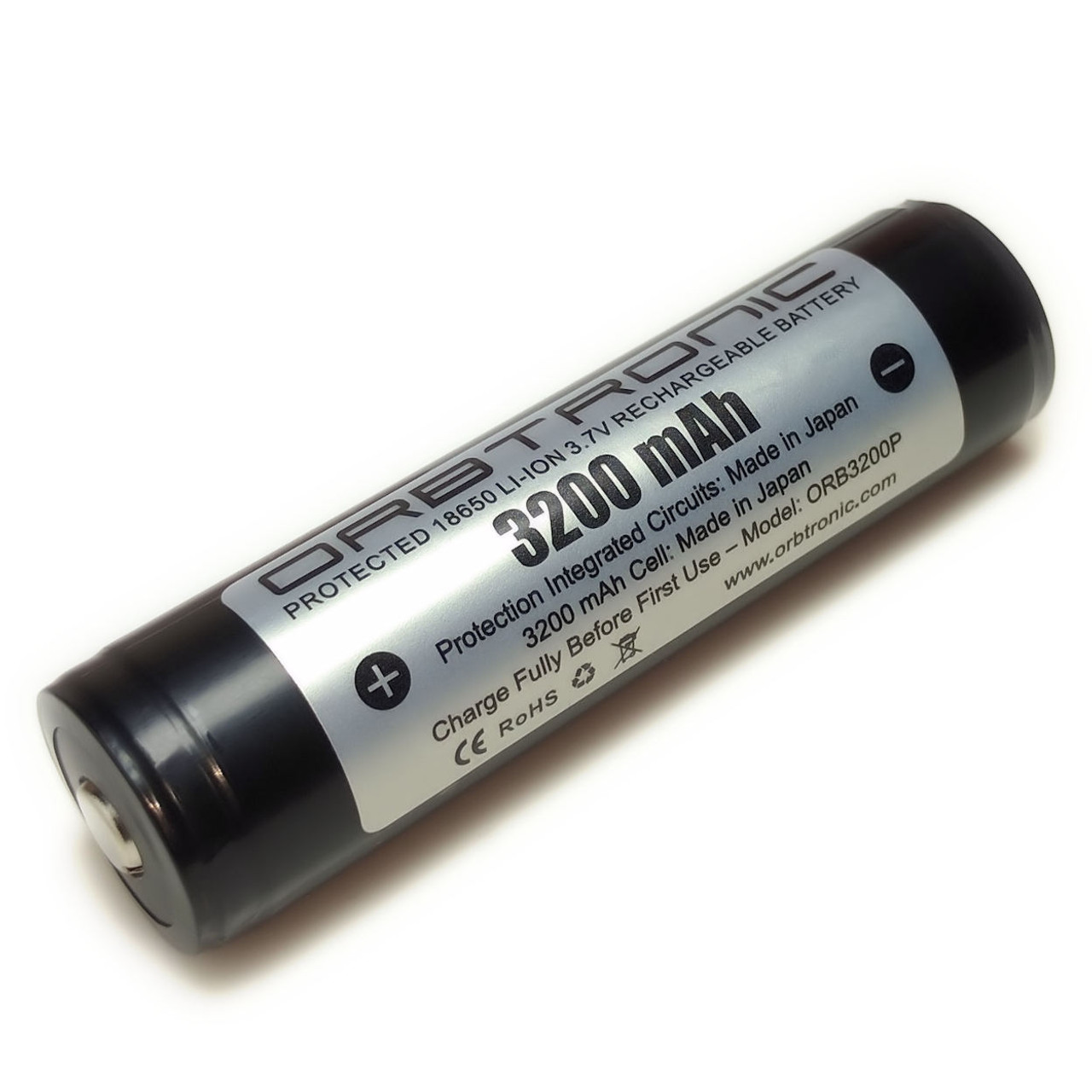

Capacities are typically under 1,000 mAh. 14500 – is smaller but similar in size to a primary AA battery.(Image: lygte-info)Ĭommon sizes of cylindrical Li-ions include: Some protection PCBs are resettable and reset automatically or when the cell is placed in a charger.įigure 1: Protected battery construction showing some basic protection devices.


The printed circuit board (PCB) provides over discharge, over charge, and over current protection.Tab/lead meltdown (fusible link) can be included to break the circuit under overvoltage conditions.It is a pressure valve placed beside the PTC to disable the cell if the internal pressure becomes too high. Current interrupt device (CID) is built-in to most 18650’s and other large formats.PTCs automatically reset when the fault is removed. Positive temperature coefficient (PTC) thermistor to protect against overheating and indirectly over current.Common battery protection elements protect against excessive currents and overheating high internal pressures, and overvoltage conditions and include: Protected batteries are safer to use in simple devices such as flashlights and toys (Figure 1).

Most electronic equipment, electric vehicles, and other commercial applications favor unprotected batteries due to their higher capacity ratings and lower prices in these applications, the battery protection is built into the system, not the battery.Ĭonsumer batteries are offered in both protected and unprotected styles. Various cylindrical Li-ion batteries are offered in protected and unprotected packaging. It closes looking into the future, including larger formats and improvements in cell and pack construction techniques leading to the development of premium-performance energy storage systems. It then digs more deeply into a comparison of today’s two most common formats, the 1860. This FAQ begins by reviewing the broad landscape of cylindrical Li-ions, including protected and non-protected cells for various applications.
18650 cells portable#
Some are optimized for use in simple devices such as toys and flashlights others are mainly found powering portable electronics and electric vehicles. There are many sizes of cylindrical lithium-ion (Li-ion) cells, and the number of sizes continues to grow.


 0 kommentar(er)
0 kommentar(er)
